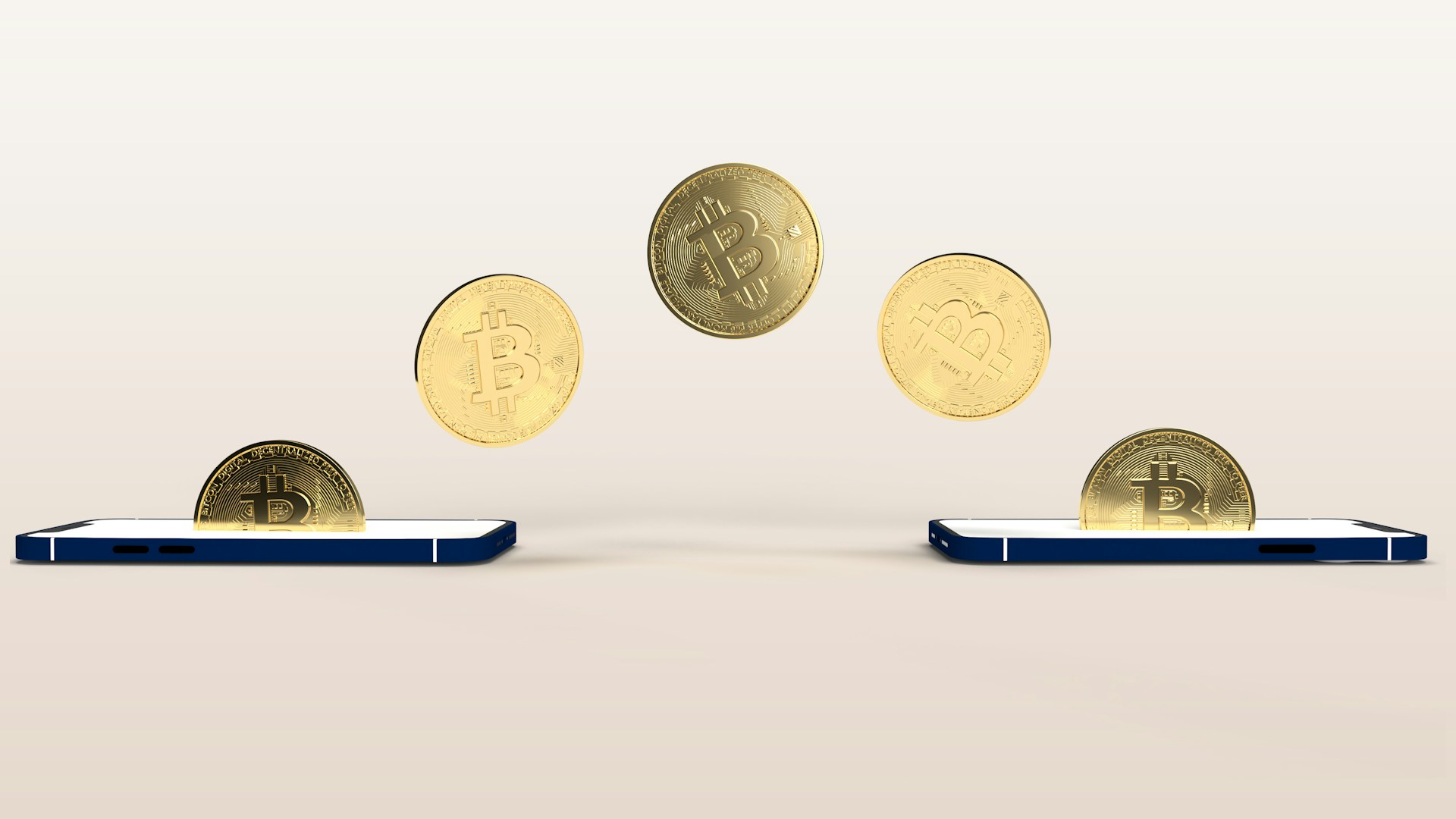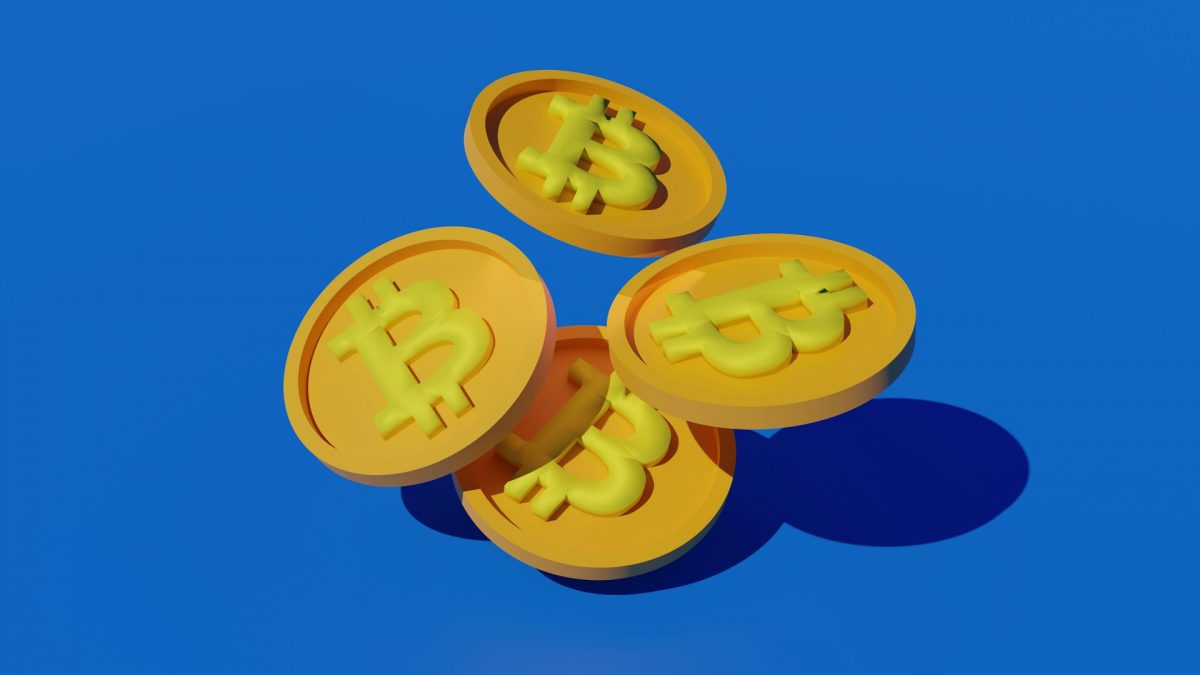For years, the Bitcoin blockchain has been confined within the boundaries of digital money. However, this changed in 2023 with the introduction of the Ordinals protocol by Casey Rodarmor, giving Bitcoin more use cases.
In this guide, we’ll look at the three groundbreaking Ordinals-enabled innovations that are currently shaping the future of Bitcoin.
Table of Contents
Understanding Bitcoin’s Evolution
Launched in 2008 by an anonymous individual or group known as Satoshi Nakamoto, Bitcoin marked the birth of the blockchain ecosystem. Bitcoin was created as a peer-to-peer (P2P) electronic cash system that recorded transactions without the need for a third party or intermediary by leveraging a distributed ledger.
Bitcoin’s success led to the burgeoning of alternative cryptocurrencies, known as altcoins. These alternative cryptocurrencies often introduced alternative blockchain networks, such as Ethereum, that aimed to address the Bitcoin network’s limitations like energy consumption, scalability, and transaction speed.
For over a decade, Bitcoin’s functionalities were limited to digital money even as other blockchains soared with the many functionalities they offered. However, the introduction of the Ordinals protocol, meant to give added functionality to the Bitcoin protocol, has since expanded the use cases of the Bitcoin network.
Some of the use cases made possible by the Ordinals protocol on the Bitcoin blockchain include the introduction of Ordinal Inscriptions, fungible tokens on Bitcoin, and rare stats.

Top Bitcoin Innovations to Watch Out For
Ordinal Inscriptions, fungible tokens, and rate stats are the latest Ordinals-enabled innovations to emerge from the Bitcoin ecosystem. Let’s look at what they are and why you need to watch out for them.
Ordinal Inscriptions
Since their inception in early 2023, Ordinals have taken the Bitcoin network by storm.
Ordinal Inscriptions are similar to non-fungible tokens (NFTs) hosted on other blockchains, with the only difference being that they are stored directly on the Bitcoin blockchain.
An Ordinal Inscription is a crypto asset inscribed on a satoshi. A satoshi is the smallest unit of a BTC that can be recorded on a blockchain. It’s also named after Bitcoin’s pseudonymous creator (s), Satoshi Nakamoto. Each satoshi symbolizes a 100 millionth of a BTC. Ordinal Inscriptions became possible on the Bitcoin blockchain after it underwent the Taproot upgrade in 2021.
With Ordinals Inscriptions, each satoshi gets assigned a number based on the order in which it was mined. The network then uses a first-in-first-out order to transfer the sats from transaction inputs to transaction outputs. This way, each satoshi can be tracked on the blockchain.
Inscribing permits different kinds of data, such as audio, images, or text, to be added to individual sats.
Fungible Tokens on Bitcoin
Fungible tokens on Bitcoin are digital tokens minted and transferred on the blockchain. The experimental BRC-20 token standard on Bitcoin paved the way for fungible tokens on the network.
The introduction of the BRC-20 token standard was made possible by the creation of the Ordinals protocol. Following the introduction of the Ordinals protocol, Domo, a pseudonymous developer, launched the BRC-20 token standard in March 2023, making it possible for users to create the first fungible assets on Bitcoin.
Meme coins are currently the most popular type of BRC-20 token. The first BRC-20 token, ‘Ordi,’ was minted by Domo himself after he launched the token standard. Other creators created tokens, like ‘Domo,’ ‘Meme,’ and ‘Pepe. ‘
There have since been alternative protocols introduced to create more fungible tokens on Bitcoin. These include the Runes protocol and the CBRC-20 token standard. A CBRC-20-compatible or Bitcoin Runes wallet allows users to mint, trade, and transfer alternative fungible tokens on Bitcoin.
Rare Sats
Rare sats is another Ordinals-enabled innovation that is gaining momentum. They are unique satoshis found within the Bitcoin ecosystem, as not all sats are created equal on the Bitcoin blockchain. Each satoshi has a quality that differentiates them from other satoshis. Thus, some sats are rarer than others, which creates a new market for rare sats.
According to Rodarmor’s Rarity Index, a rare sat is categorized as the first sat mined after a difficulty adjustment period. This takes place after every 2016 block. Rare sats have special features that make them unique and highly sought-after. This has seen them become popular collectibles amongst collectors.

Final Word
Introducing the Ordinals protocol made it possible for crypto enthusiasts to find more use cases for Bitcoin that weren’t just limited to digital money.
While Ordinals Inscriptions, fungible tokens, and rare sats are just some of the Ordinals-enabled innovations shaping the current Bitcoin network, it’s expected that there will be more innovations to come that will continue to shape the future of Bitcoin as we know it today.



Review 3 Groundbreaking Ordinals-Enabled Innovations Shaping the Future of Bitcoin.